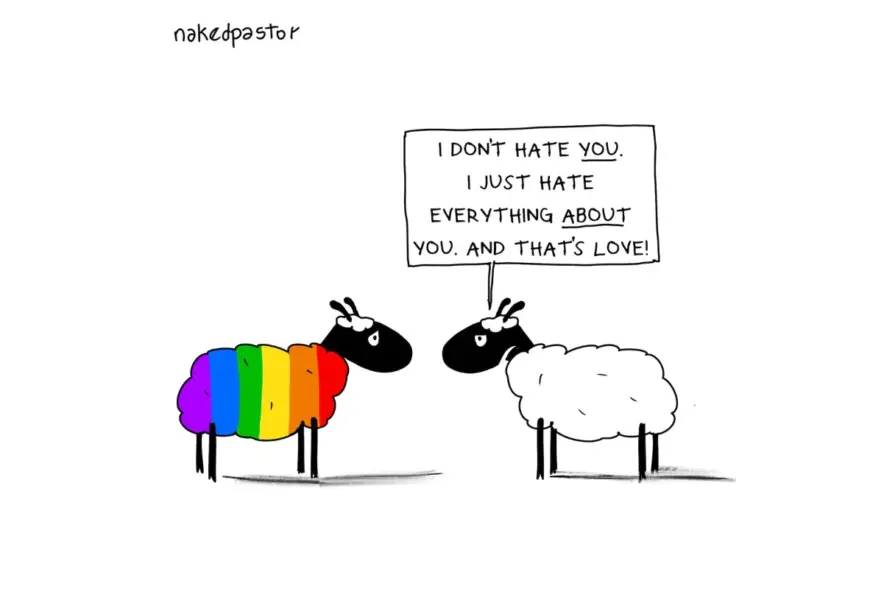What Is Love? “Love is love” is one of the most common phrases of our time, meant to end...
Tag: truth
Showed 1 to 7 posts out of 7 total under "Tag: truth" category.
The Cross Of Christ The cross of Christ is not just the centre of Christian faith; it is the...
A Post-Truth Truth (If There Even Is One) In a post-truth world, what isn’t up for debate? We’ve inherited...
Are you a Christian teen struggling with or feeling confused by LGBTQ+ and gender identity issues? Then this is...
The world is not the same place it once was. Certainty has given way to subjective reality. Truth can...
It seems to me that it has become increasingly difficult to speak into many issues or situations that the...
(Not a reader? Take a listen instead ⇓) There’s a troubling trend arising in our postmodern age, an era...






